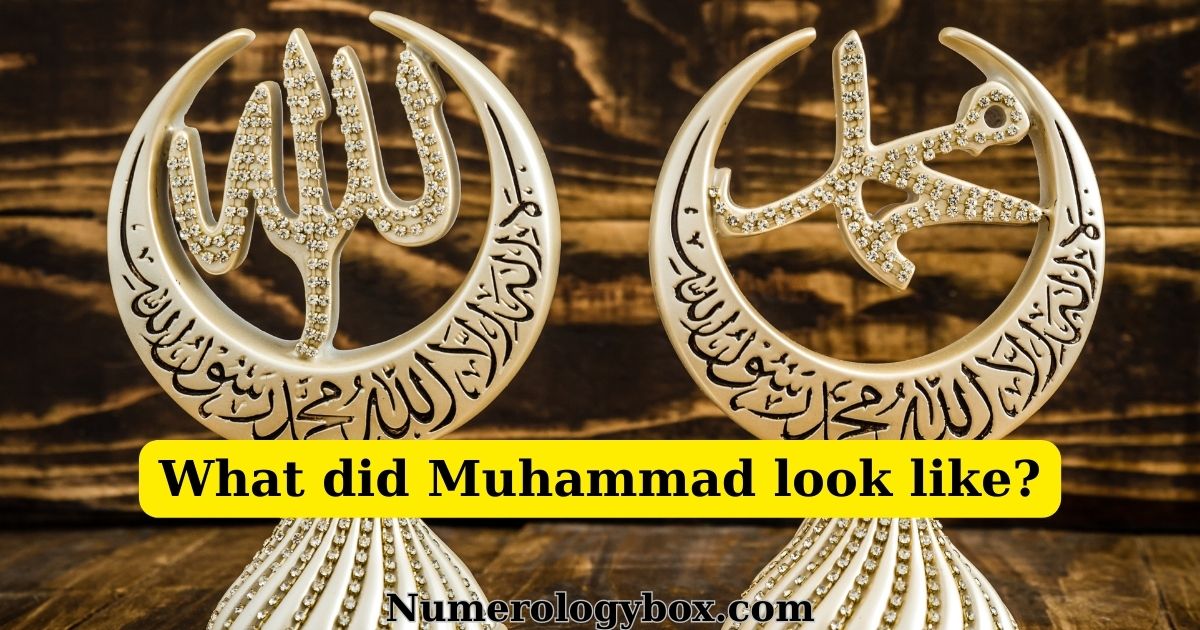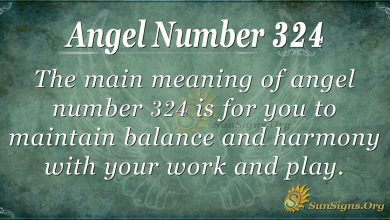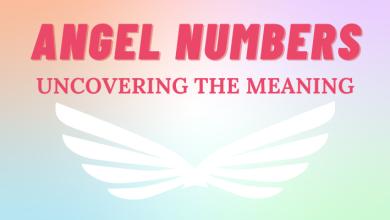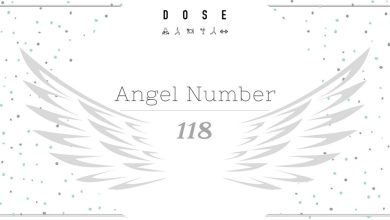What did Muhammad look like?
What did Muhammad look like?

When it comes to the founder of Islam, Muhammad, there is a lot of curiosity about what he looked like. While there are no photographs or paintings of him, there are descriptions from various historical texts that give us some idea of his appearance.
According to these accounts, Muhammad was of average height, with a broad chest and a sturdy build. He had a round face with a prominent forehead and a thin, straight nose. His complexion was light brown, and he had dark, curly hair that fell to his shoulders. His beard was thick and full, and he had dark, piercing eyes.
While these physical details may be interesting, it is important to note that they are not the most significant aspect of Muhammad’s legacy. His teachings and actions have had a profound impact on the world, and his influence can still be felt today.
If you are interested in learning more about Muhammad and his teachings, there are many resources available. You can read the Quran, which is the holy book of Islam, or study the Hadith, which are collections of sayings and actions attributed to Muhammad. Additionally, there are many books and online courses available that can help you deepen your understanding of this important historical figure.
In conclusion, while it is natural to be curious about what Muhammad looked like, it is important to remember that his appearance is not the most significant aspect of his legacy. By studying his teachings and actions, we can gain a deeper understanding of his impact on the world and his ongoing relevance today.
FAQs
Q: Who was Muhammad?
A: Muhammad was a prophet and the founder of Islam. He was born in Mecca, Saudi Arabia, in 570 CE and began receiving revelations from Allah at the age of 40.
Q: What are the teachings of Muhammad?
A: Muhammad’s teachings center around the belief in one God, Allah, and the importance of leading a moral and righteous life. He emphasized the concepts of compassion, justice, and community.
Q: What is the Quran, and what role did Muhammad play in its creation?
A: The Quran is the holy book of Islam and is believed to be the word of God as revealed to Muhammad over a period of 23 years. Muhammad played a central role in its creation, receiving and conveying the revelations from Allah to his followers.
Q: What is the significance of the migration of Muhammad from Mecca to Medina?
A: This migration, known as the Hijra, marks the beginning of the Islamic calendar and was a crucial event in the history of Islam. It occurred in 622 CE and was prompted by persecution of Muslims in Mecca. In Medina, Muhammad established a community of Muslims and solidified his role as a religious and political leader.
Q: What is the role of Muhammad in Islamic tradition?
A: Muhammad is considered the final prophet in Islam, and his teachings and example serve as a guide for Muslims around the world. He is also revered as a spiritual leader and model of morality and compassion.
Q: What is the importance of Muhammad in the world today?
A: Muhammad’s teachings have had a profound impact on the world and continue to be relevant today. Islam is the second-largest religion in the world, and the principles of compassion, justice, and community espoused by Muhammad are important to many people of all faiths. Additionally, Muhammad’s example of perseverance and dedication to his beliefs serves as an inspiration to many.
Relation:
How Do Guardian Angels Protect People?
Is there a day that nobody was born on?
What to read next:
Source: https://numerologybox.com
Category: Angel Number



